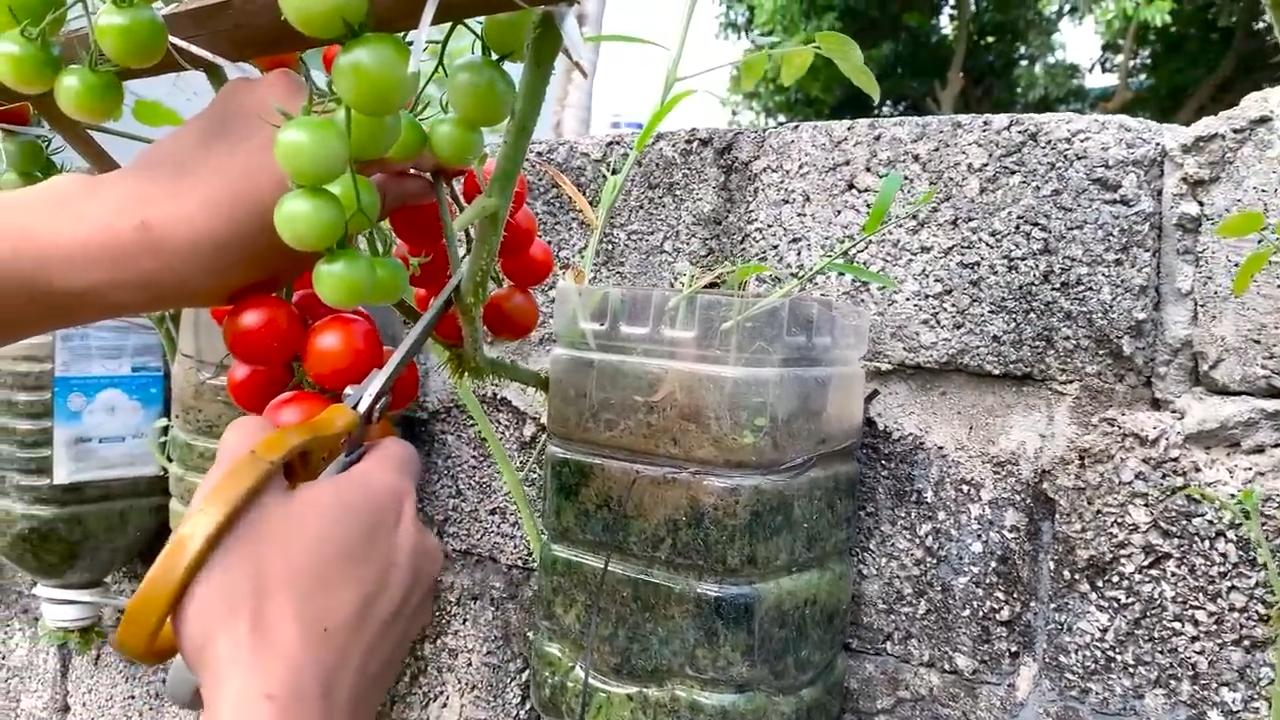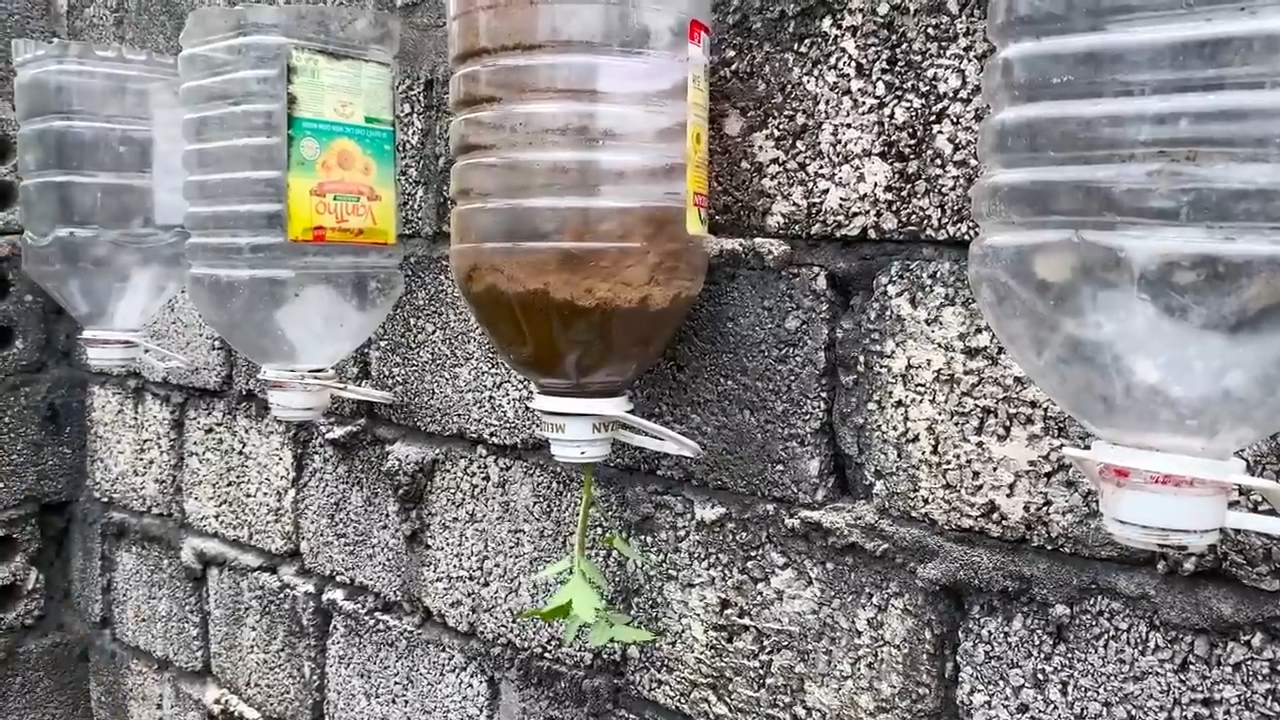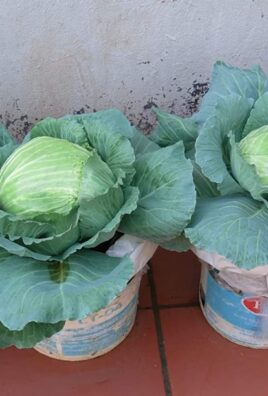Indoor tomato growing might seem like a far-fetched dream, especially if you don’t have a sprawling backyard. But guess what? It’s totally achievable, and I’m here to show you how! Forget those bland, store-bought tomatoes that taste like cardboard. Imagine biting into a juicy, sun-ripened (well, technically grow-light-ripened!) tomato, bursting with flavor, all thanks to your own indoor garden.
Growing tomatoes indoors isn’t a new fad. In fact, the practice dates back centuries, with evidence suggesting that early cultivators in regions with shorter growing seasons experimented with bringing tomato plants indoors to extend their harvest. Think of it as a time-honored tradition, now made even easier with modern technology!
Why should you try indoor tomato growing? Well, for starters, you get to enjoy fresh, delicious tomatoes year-round, regardless of the weather outside. Plus, it’s incredibly rewarding to nurture a plant from seed to fruit, and it’s a fantastic way to add a touch of green to your living space. This DIY guide is packed with simple tricks and hacks that will help you overcome common challenges and cultivate a thriving indoor tomato garden, even if you’re a complete beginner. So, grab your gardening gloves, and let’s get started!

Growing Tomatoes Indoors: A Beginner’s Guide to Bountiful Harvests
Hey there, fellow gardening enthusiasts! Ever dreamt of plucking ripe, juicy tomatoes right from your kitchen counter, even when it’s snowing outside? Well, dream no more! Growing tomatoes indoors is totally achievable, and I’m here to guide you through every step. It might seem daunting at first, but trust me, with a little patience and the right setup, you’ll be enjoying homegrown tomatoes year-round.
Choosing the Right Tomato Variety
Not all tomato varieties are created equal, especially when it comes to indoor growing. We need to pick varieties that are compact, early-maturing, and well-suited for container gardening.
* Dwarf Varieties: These are your best bet! They stay small, typically under 3 feet tall, making them perfect for pots. Look for names like ‘Tiny Tim,’ ‘Micro Tom,’ ‘Patio,’ or ‘Roma.’
* Determinate Varieties: These tomatoes grow to a certain size and then produce all their fruit at once. This is great for indoor growing because they don’t require as much pruning as indeterminate varieties.
* Cherry or Grape Tomatoes: These smaller varieties tend to do well indoors and are prolific producers. ‘Sweet Million,’ ‘Sungold,’ and ‘Black Cherry’ are popular choices.
Setting Up Your Indoor Tomato Garden
Okay, now that we’ve chosen our tomato champions, let’s get our indoor garden ready!
* Light is Key: Tomatoes need a LOT of light – at least 6-8 hours of direct sunlight per day. If you don’t have a sunny south-facing window, you’ll definitely need grow lights.
* Potting Mix Matters: Don’t use garden soil! It’s too heavy and doesn’t drain well. Opt for a high-quality potting mix specifically designed for containers.
* Container Size: Choose a pot that’s at least 5 gallons in size. This gives the roots plenty of room to grow.
* Drainage is Essential: Make sure your pot has drainage holes to prevent waterlogging.
* Support System: As your tomato plant grows, it will need support. A tomato cage or stakes will do the trick.
Step-by-Step Planting Guide
Alright, let’s get our hands dirty!
1. Prepare Your Pot: Fill your chosen pot with the potting mix, leaving about an inch or two of space at the top.
2. Plant Your Seedling: Gently remove the tomato seedling from its nursery pot. If the roots are circling the bottom, gently loosen them up. Dig a hole in the potting mix large enough to accommodate the root ball.
3. Bury Deep: This is a little trick I learned that really helps! Bury the stem of the tomato plant deeper than it was in the nursery pot, up to the first set of leaves. Tomatoes can grow roots from their stems, so this will encourage a stronger root system.
4. Water Thoroughly: Water the newly planted seedling thoroughly until water drains out of the drainage holes.
5. Provide Support: Install your tomato cage or stakes now, before the plant gets too big.
6. Place in Sunlight or Under Grow Lights: Position your pot in a sunny location or under grow lights. If using grow lights, keep them about 6-12 inches above the plant.
Caring for Your Indoor Tomato Plants
Now comes the ongoing care. Don’t worry, it’s not too demanding!
* Watering: Water your tomato plants when the top inch of soil feels dry to the touch. Avoid overwatering, as this can lead to root rot. Water deeply, allowing the water to drain out of the drainage holes.
* Fertilizing: Tomatoes are heavy feeders, so you’ll need to fertilize them regularly. Use a balanced liquid fertilizer, following the instructions on the label. I usually fertilize every 2-3 weeks.
* Pollination: Since you’re growing indoors, you’ll need to help with pollination. You can do this by gently shaking the plant or using a small paintbrush to transfer pollen from one flower to another. A small fan can also help.
* Pruning: For determinate varieties, pruning isn’t as crucial, but you can remove any suckers (the small shoots that grow between the main stem and the branches) to encourage more fruit production. For indeterminate varieties, regular pruning is essential to keep the plant manageable and productive.
* Temperature: Tomatoes thrive in temperatures between 65-85°F (18-29°C).
* Humidity: While tomatoes prefer moderate humidity, good air circulation is more important to prevent fungal diseases.
Troubleshooting Common Problems
Even with the best care, you might encounter some issues. Here’s how to tackle them:
* Yellowing Leaves: This could be a sign of overwatering, underwatering, nutrient deficiency, or lack of light. Adjust your watering schedule, fertilize, and ensure your plant is getting enough light.
* Blossom End Rot: This is caused by a calcium deficiency. Make sure your potting mix contains calcium and water consistently. You can also add calcium to the soil.
* Pests: Keep an eye out for pests like aphids, whiteflies, and spider mites. You can control them with insecticidal soap or neem oil.
* Fungal Diseases: Good air circulation and proper watering techniques can help prevent fungal diseases. If you notice any signs of disease, remove the affected leaves and treat the plant with a fungicide.
Harvesting Your Tomatoes
The moment we’ve all been waiting for!
* Color is Key: Tomatoes are ripe when they are fully colored and slightly soft to the touch.
* Gentle Touch: Gently twist the tomato off the vine.
* Enjoy! Savor the taste of your homegrown tomatoes! They’re delicious in salads, sandwiches, sauces, or just eaten straight off the vine.
Extra Tips for Success
Here are a few extra tips I’ve learned along the way:
* Rotate Your Plants: If you’re using grow lights, rotate your plants regularly to ensure they get even light exposure.
* Bottom Watering: Try watering your plants from the bottom by placing the pot in a tray of water and allowing the soil to absorb the water. This can help prevent fungal diseases.
* Companion Planting: Consider planting basil or marigolds near your tomatoes. These plants can help deter pests and improve the flavor of your tomatoes.
* Keep a Journal: Track your progress, noting when you planted, watered, fertilized, and harvested. This will help you learn what works best for your indoor tomato garden.
Dealing with Leggy Tomato Plants
Sometimes, even with the best intentions, your tomato plants might become leggy – meaning they have long, stretched stems with few leaves. This usually happens due to insufficient light. Don’t despair! Here’s how to address it:
1. Increase Light Exposure: This is the most crucial step. Move your plant to a sunnier location or supplement with grow lights. Ensure the lights are positioned close enough to the plant (6-12 inches) for optimal effectiveness.
2. Prune Strategically: Carefully prune away the lower, weaker leaves and stems. This will encourage the plant to focus its energy on producing stronger growth and more fruit.
3. Repot Deeper: Gently remove the leggy tomato plant from its pot. As mentioned earlier, tomatoes can grow roots from their stems. Replant the tomato, burying a significant portion of the leggy stem. This will encourage new root growth along the buried stem, resulting in a sturdier and healthier plant.
4. Provide Support: Leggy plants are more prone to flopping over. Ensure your plant has adequate support with a tomato cage or stakes to prevent breakage.
5. Fertilize Appropriately: Avoid over-fertilizing with nitrogen, as this can exacerbate the legginess. Use a balanced fertilizer to promote overall health and fruit production.
Understanding Indeterminate vs. Determinate Tomatoes in Detail
I mentioned determinate and indeterminate varieties earlier, but let’s dive a little deeper into the differences, as it significantly impacts how you care for your indoor tomato plants.
* Determinate Tomatoes: Think of these as the “bush” tomatoes. They grow to a predetermined size (usually 3-4 feet), set all their fruit at once, and then stop growing. This makes them ideal for container gardening and smaller spaces.
* Pruning: Minimal pruning is required. You can remove suckers (the shoots that grow between the main stem and branches) to improve air circulation and encourage larger fruit, but it’s not essential.
* Support: They still need support, but a smaller tomato cage or sturdy stakes will suffice.
* Harvest: Expect a concentrated harvest period. You’ll get a lot of tomatoes in a relatively short time.
* Indeterminate Tomatoes:

Conclusion
So, there you have it! Mastering the art of indoor tomato growing is not just a possibility; it’s a rewarding and accessible endeavor for anyone, regardless of their outdoor space. We’ve explored the key elements, from selecting the right varieties and providing optimal lighting to ensuring proper pollination and nutrient management. This isn’t just about saving money; it’s about connecting with your food source, enjoying the unparalleled flavor of vine-ripened tomatoes year-round, and experiencing the satisfaction of nurturing life from seed to table.
Why is this DIY trick a must-try? Because it empowers you to take control of your food supply, even in the smallest of apartments. Imagine the joy of plucking a perfectly ripe, sun-kissed (or rather, grow-light-kissed!) tomato in the dead of winter. Think of the fresh salads, homemade sauces, and delicious sandwiches you can create with your own homegrown bounty. Beyond the culinary benefits, indoor tomato growing offers a therapeutic and educational experience. It’s a chance to learn about plant life cycles, experiment with different techniques, and witness the miracle of growth firsthand.
But the journey doesn’t end here. Feel free to experiment with different tomato varieties. Cherry tomatoes and dwarf varieties are particularly well-suited for indoor growing, but don’t be afraid to try your hand at larger heirloom varieties if you have the space and resources. Consider using different types of grow lights to see which yields the best results for your specific setup. You can also explore different soil mixes and fertilization schedules to optimize plant health and fruit production.
Another variation to consider is hydroponic tomato growing. While it requires a slightly more advanced setup, hydroponics can offer faster growth rates and higher yields. Research different hydroponic systems, such as deep water culture or nutrient film technique, to see if they align with your interests and resources.
Ultimately, the key to successful indoor tomato growing is observation and adaptation. Pay close attention to your plants’ needs, adjust your techniques as necessary, and don’t be afraid to learn from your mistakes. Every gardener, whether indoors or outdoors, faces challenges along the way. The important thing is to persevere, stay curious, and enjoy the process.
We wholeheartedly encourage you to embark on this exciting adventure. Start small, learn as you go, and don’t be discouraged by initial setbacks. The rewards of fresh, homegrown tomatoes are well worth the effort.
And most importantly, we want to hear about your experiences! Share your tips, tricks, and triumphs in the comments below. Let us know which varieties you’re growing, what challenges you’ve faced, and what successes you’ve achieved. Together, we can create a thriving community of indoor tomato growers, sharing knowledge and inspiring others to cultivate their own little slice of paradise, one tomato at a time. Your insights could be invaluable to someone just starting out, and your questions could spark new ideas and solutions. Let’s grow together!
Frequently Asked Questions (FAQ)
What are the best tomato varieties for indoor growing?
The best tomato varieties for indoor growing are typically determinate or dwarf varieties, as they tend to be more compact and require less space. Cherry tomatoes, such as ‘Sweet 100’ or ‘Sungold’, are excellent choices due to their small size and prolific fruit production. Other good options include ‘Roma’ (a determinate paste tomato), ‘Tiny Tim’ (a very small dwarf variety), and ‘Patio’ (another compact determinate variety). Indeterminate varieties, which continue to grow and produce fruit throughout the season, can also be grown indoors, but they require more pruning and support. If you choose an indeterminate variety, consider ‘Early Girl’ or ‘Black Krim’, and be prepared to provide a sturdy trellis or stake. Remember to check the seed packet or plant label for information on the variety’s growth habit and space requirements.
How much light do indoor tomato plants need?
Tomato plants require a significant amount of light to thrive and produce fruit. Ideally, they need at least 6-8 hours of direct sunlight per day. However, since natural sunlight can be limited indoors, especially during the winter months, supplemental lighting is often necessary. LED grow lights are a popular choice due to their energy efficiency and full-spectrum light output. Fluorescent grow lights can also be used, but they may not be as effective as LEDs. The intensity of the light is crucial; aim for a PAR (Photosynthetically Active Radiation) value of at least 200 µmol/m²/s. Position the grow lights close to the plants (but not so close that they burn the leaves) and adjust the height as the plants grow. A timer can be used to automatically turn the lights on and off, ensuring consistent light exposure.
What type of soil is best for indoor tomato plants?
The best type of soil for indoor tomato plants is a well-draining potting mix that is rich in organic matter. Avoid using garden soil, as it can be too heavy and may contain pests or diseases. A good potting mix will provide adequate drainage, aeration, and nutrient retention. You can also amend the potting mix with compost or other organic materials to improve its fertility. Consider using a soilless mix, such as a blend of peat moss, perlite, and vermiculite, which can provide excellent drainage and aeration. Ensure the pH of the soil is slightly acidic, around 6.0-6.8.
How often should I water my indoor tomato plants?
The frequency of watering depends on several factors, including the size of the pot, the type of soil, the temperature, and the humidity. Generally, you should water your tomato plants when the top inch of soil feels dry to the touch. Avoid overwatering, as this can lead to root rot. When you water, water deeply, until water drains out of the bottom of the pot. This ensures that the entire root system is adequately hydrated. During hot, dry weather, you may need to water more frequently. Check the soil moisture regularly and adjust your watering schedule accordingly.
How do I pollinate my indoor tomato plants?
Tomato plants are self-pollinating, meaning they can pollinate themselves. However, indoor plants may need a little help to facilitate pollination, as they don’t have access to wind or insects. You can manually pollinate your tomato plants by gently shaking the plants or using a small brush to transfer pollen from one flower to another. Another option is to use a small fan to circulate air around the plants, which can help to distribute the pollen. Pollination is most effective when the humidity is low and the temperature is warm. You can also use a vibrating toothbrush to gently vibrate the flower stems, which can help to release the pollen.
What are some common pests and diseases that affect indoor tomato plants, and how can I prevent them?
Common pests that affect indoor tomato plants include aphids, whiteflies, spider mites, and fungus gnats. To prevent these pests, inspect your plants regularly for signs of infestation. Keep your growing area clean and free of debris. Use insecticidal soap or neem oil to control infestations. Diseases that can affect indoor tomato plants include powdery mildew, early blight, and blossom end rot. To prevent these diseases, provide good air circulation, avoid overwatering, and use a fungicide if necessary. Blossom end rot is caused by a calcium deficiency, so ensure your plants are getting enough calcium.
How do I fertilize my indoor tomato plants?
Tomato plants are heavy feeders and require regular fertilization to thrive. Use a balanced fertilizer that is specifically formulated for tomatoes. Start fertilizing your plants when they begin to flower and continue fertilizing throughout the growing season. Follow the instructions on the fertilizer label for application rates. You can also use organic fertilizers, such as compost tea or fish emulsion. Avoid over-fertilizing, as this can lead to nutrient burn.
How do I prune my indoor tomato plants?
Pruning is important for indoor tomato plants, especially indeterminate varieties, as it helps to improve air circulation, promote fruit production, and prevent disease. Remove suckers, which are the small shoots that grow between the main stem and the branches. Prune away any yellow or diseased leaves. For indeterminate varieties, you may also need to top the plant when it reaches a certain height to encourage it to focus its energy on fruit production.
How long does it take for indoor tomato plants to produce fruit?
The time it takes for indoor tomato plants to produce fruit depends on the variety, the growing conditions, and the care you provide. Generally, it takes about 60-80 days from transplanting to harvest. Cherry tomatoes tend to mature faster than larger varieties. Ensure your plants are getting enough light, water, and nutrients to promote fruit production.
Can I grow tomatoes indoors year-round?
Yes, you can grow tomatoes indoors year-round, provided you have the right setup and provide the necessary care. Supplemental lighting is essential for year-round growing, as natural sunlight can be limited during the winter months. You may also need to adjust your watering and fertilization schedules to account for changes in temperature and humidity. With proper care, you can enjoy fresh, homegrown tomatoes all year long.




Leave a Comment